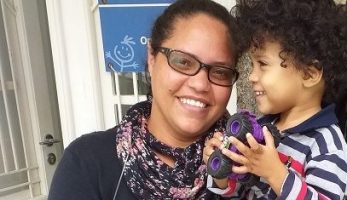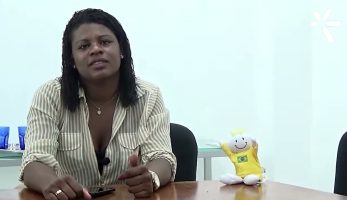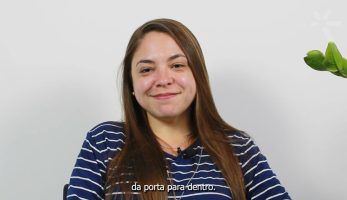The life of Ricardo’s family, then 6 years old, changed in 2011. The boy had just come out of a coma after a severe attack of anemia. He needed structure at home to do physical therapy and complete his recovery. The Dara Institute carried out the sanitation and expansion work that transformed the life of this family. According to her mother, Cristiane Oliveira, the change inspired the community. “The neighborhood was surprised: ‘What’s going on in her life? Her house looked beautiful all of a sudden…’”, recalls Cristiane, in an interview years later. “That was when everyone started painting their houses, starting work… Then the appreciation of our street, our neighborhood began.”
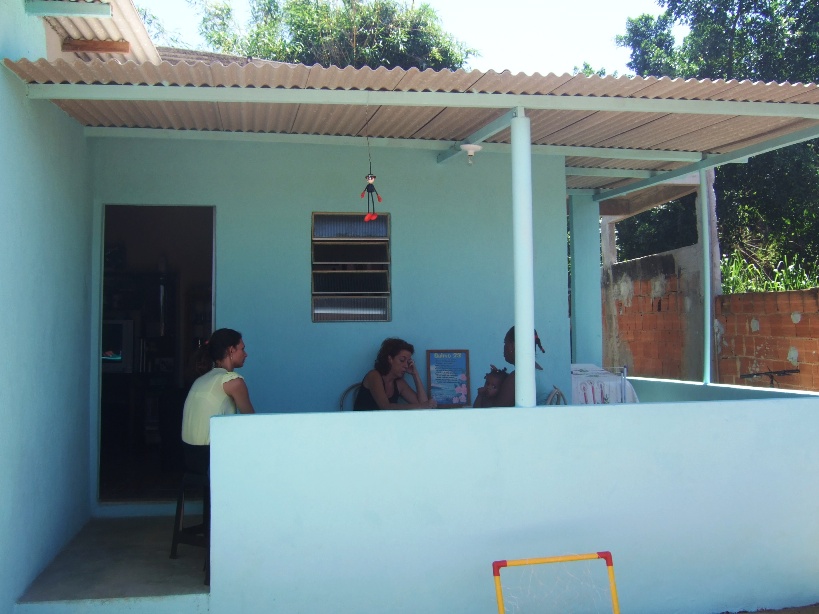
The Dara Institute’s Housing team also monitors all the families served. For most, the initial consultation is enough. There, experts advise on everything that concerns the home, from guidelines on how to proceed with renovation, what needs to be changed in the house to make it healthy, what are the rights and duties of a tenant to tips on simple measures such as cleaning and maintenance.
Dara’s target audience is families with very low incomes who live in peripheral communities. Due to their low income, usually from government income transfer programs, the residences are sometimes unfinished or built taking short cuts and improvisation.
The most common problem is infiltration, the cause of many respiratory diseases and allergies in general. And children, the reason for the link between families and the Dara Institute, are the most vulnerable. Among the reasons for damp is that walls are not waterproofed, pipes have not been properly maintained, outer walls are often too close to neighboring buildings or next to unprotected ravines.
The Housing area operates using the context of social architecture, that is, performing the minimum necessary to ensure the residence is healthy. Based on this principle, and using waterproofing as an example, when we have a watertight house – in which no water or humidity enters – we are implementing social architecture, even if it may not appear so.
Making the house watertight is important, but working on the family’s self-esteem by making it “look beautiful”, is equally important. Implementing one does not automatically disqualify the other, as they are complementary. To achieve this, individual work is done, understanding the needs of families and how far we are going to work. This is where another important detail comes in: the active participation of the family so that, when the journey at Dara is over, they are safe and have the information required to continue neutralizing the unhealthy aspects of the residence and make improvements.
According to a study carried out in partnership between Instituto Locomotiva, Data Favela and Central Única das Favelas (Cufa), 17.1 million people live in Brazilian favelas, most of them located in the Metropolitan Regions (89%). These are areas with precarious housing, constructions in areas of risk and sanitation problems that have long been overcome in large cities, such as water supply, sanitation and regular garbage collection.
Using infiltration as an example, Dara’s team teaches how to clean walls exposed to moisture periodically with a bleach solution to combat the proliferation of mold. Dara also encourages the family itself—the mother, in most cases—to carry out minor repairs that can be done without the help of professionals, such as maintaining the house’s plumbing and other minor repairs.
Even when it is necessary to call a professional, our team teaches how to include small expenses in the family budget and why it is so important to do so. A water filter, for example. It is common for people to drink water directly from the mains network without knowing how much it can harm their health, jeopardize food safety and increase contamination by worms.
Another common misconception is using a bucket to flush because the valve broke. It may seem harmless, but the use of a bucket increases cross-contamination: splashes from the toilet are spread all over the bathroom and over the person’s body, who may then lie in bed and pick up children in their arms. Just washing ones hands is not enough.
“I don’t have the money for that” is the natural response. But how much does it cost? Changing the water filter or hiring a community “handyman” to repair the flush valve is less of an expense than the family realizes, is within the budget with minimal planning and helps solve serious problems for a long time. These are cases where information is the most precious benefit.
However, some structural problems at home are more complex, expensive and require intervention, another type of care provided by the Housing team. As the Dara Institute’s budget is limited, there are some prerequisites for the family to apply for this benefit, a way of organizing the priority queue. The main thing is the family’s engagement in the Family Action Plan (PAF). If the requirements are met, the family receives the benefit and is responsible for choosing the professionals and monitoring the work.
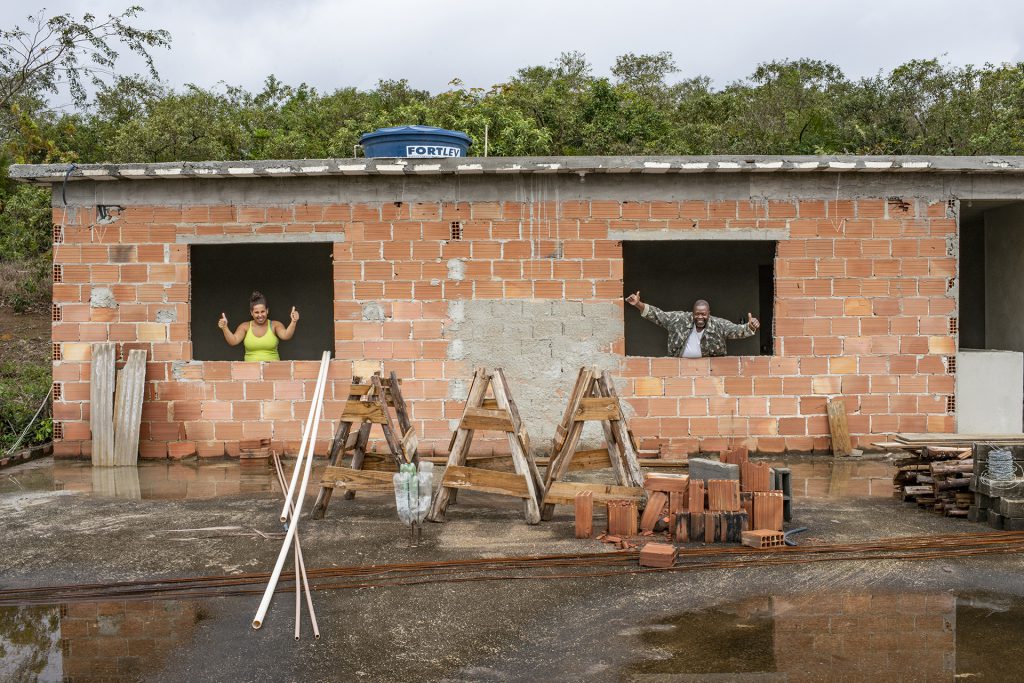
Giving autonomy to families is part of our service, because it directly impacts self-esteem. Many come to realize, during the execution of the work, that they are capable of running a project that will not only affect the house, but also the life of the family and the community. The option to make the family responsible for determining and choosing the professionals and suppliers is also a way to stimulate the local economy and strengthen community ties, as was the case with Cristiane’s family.
Array

